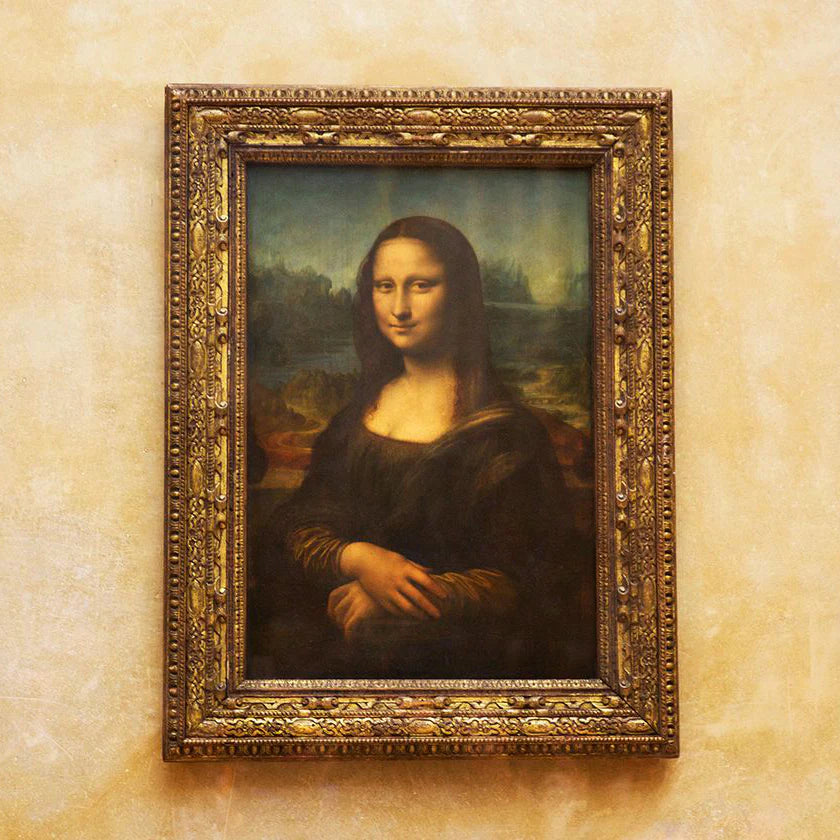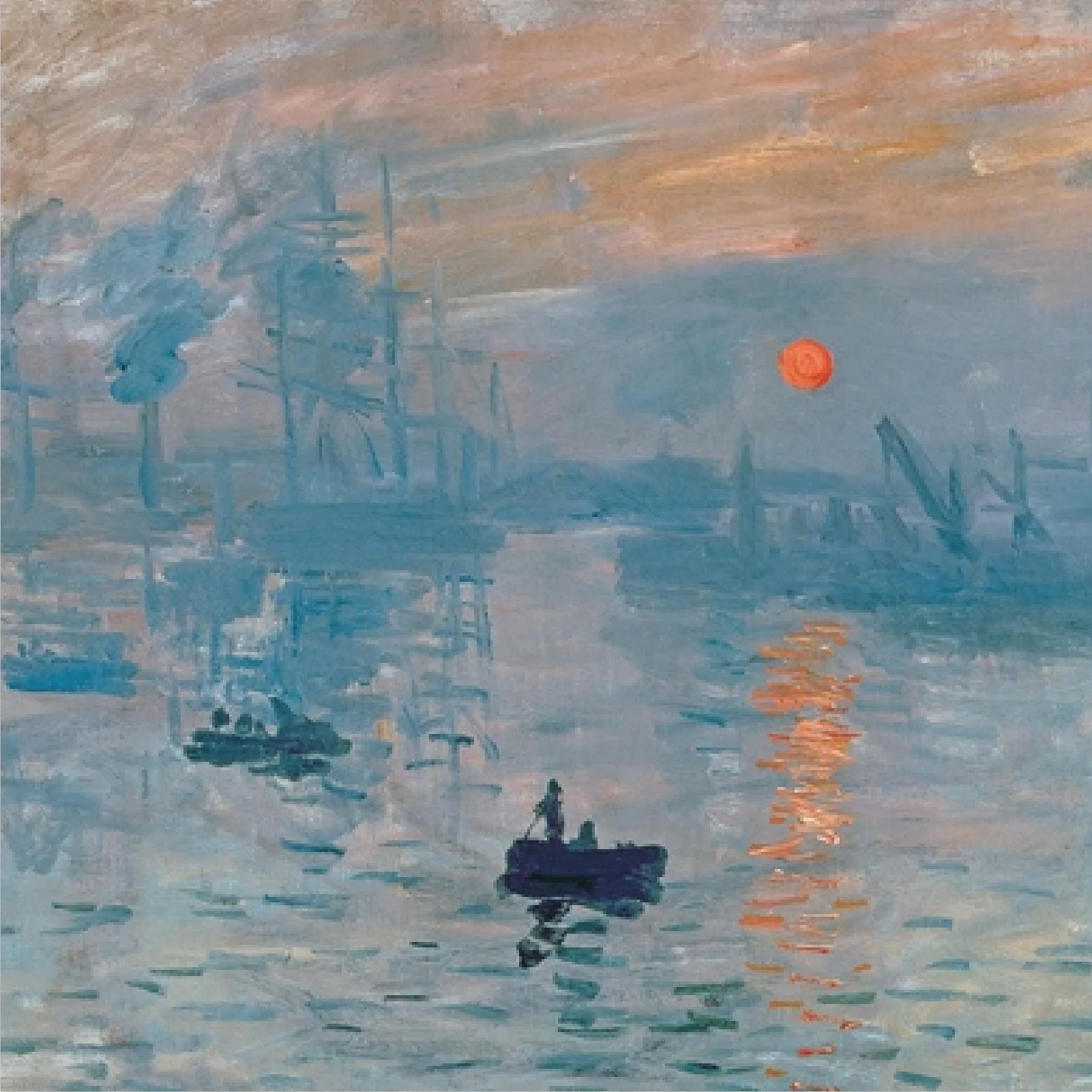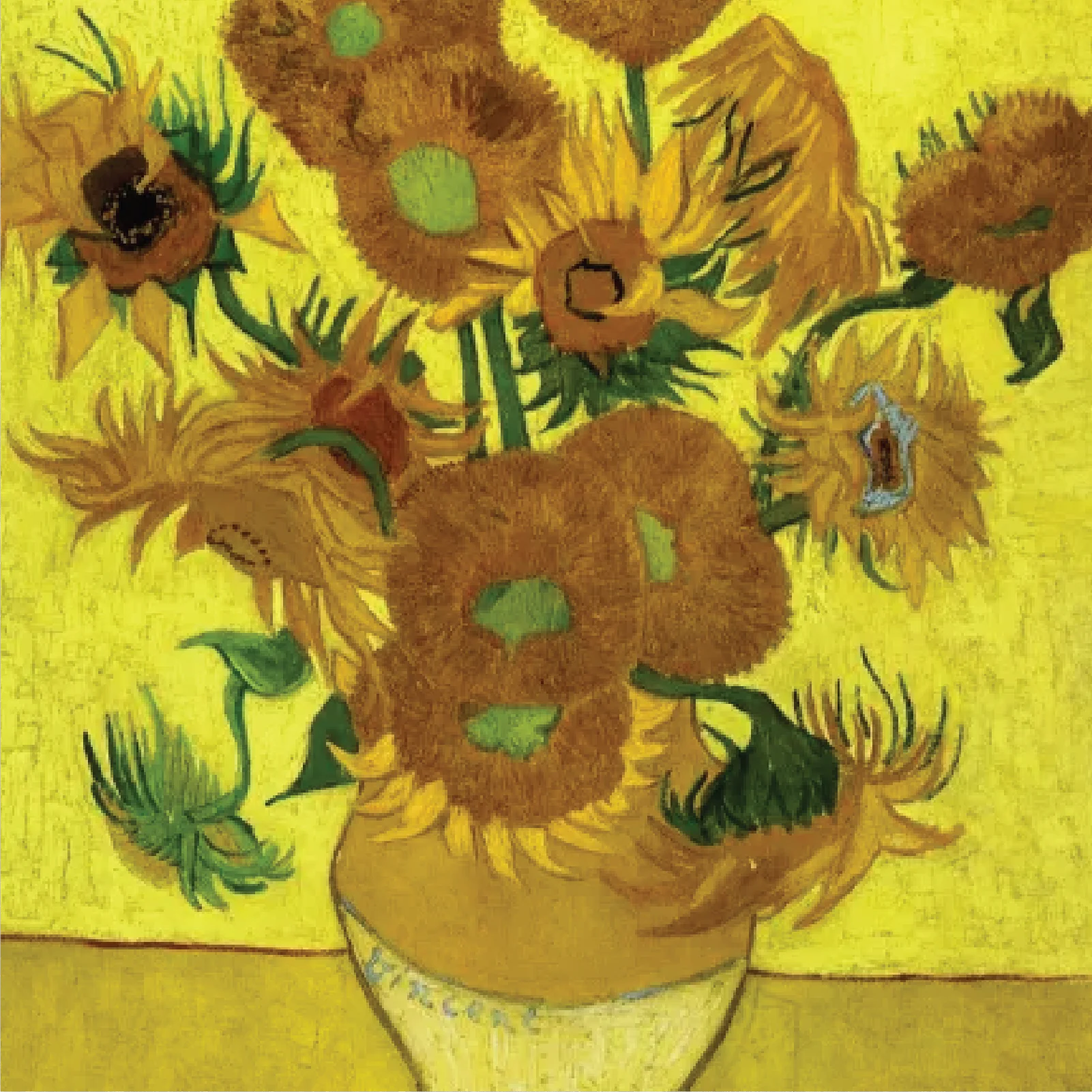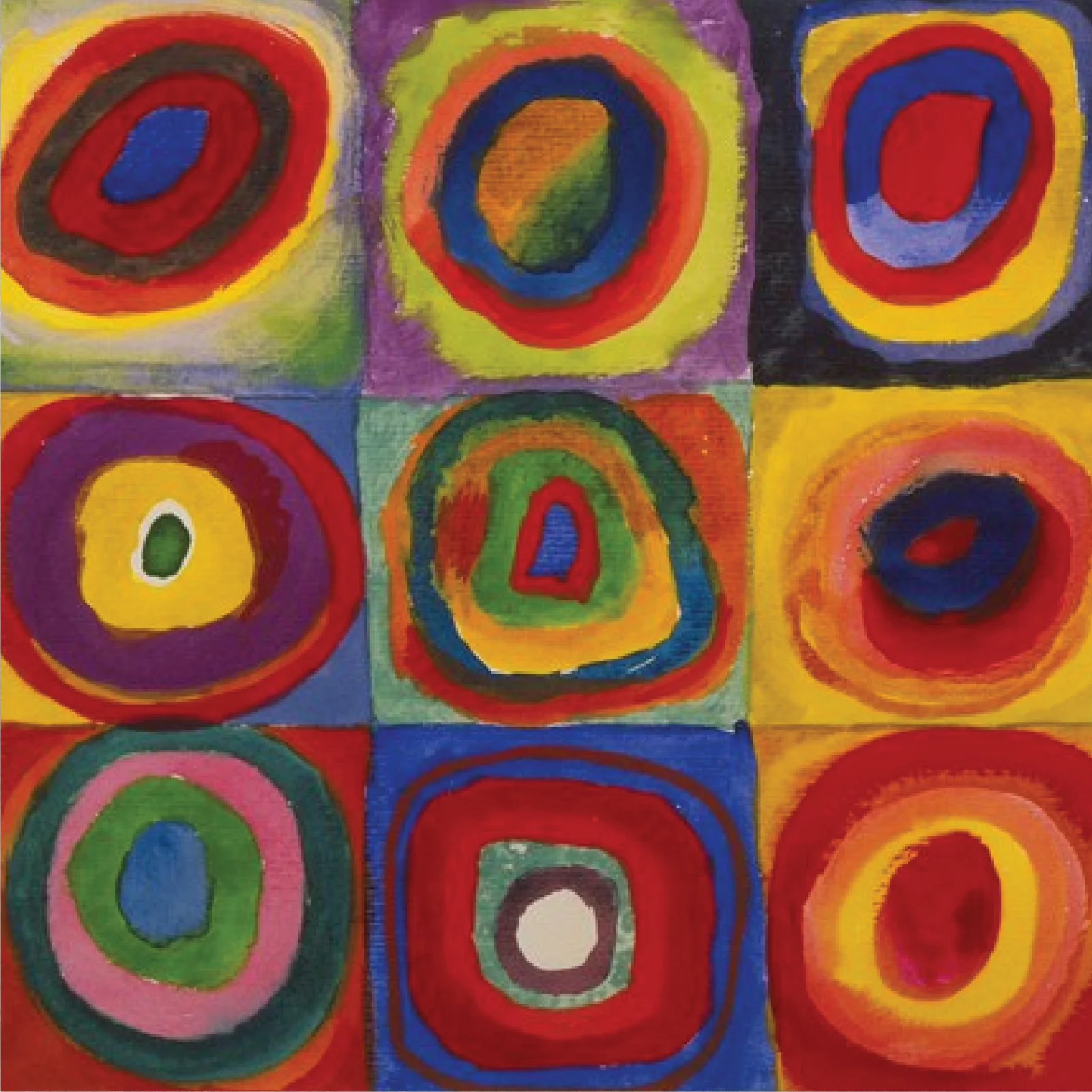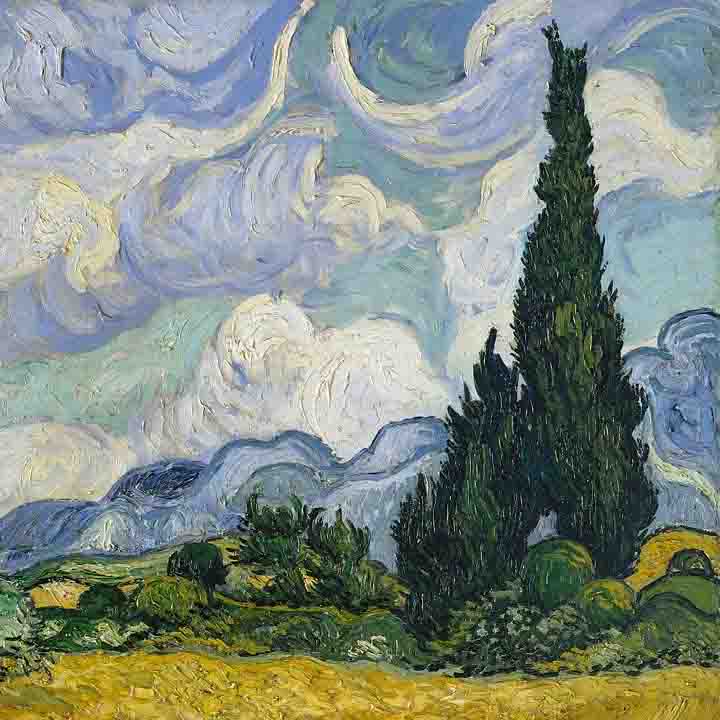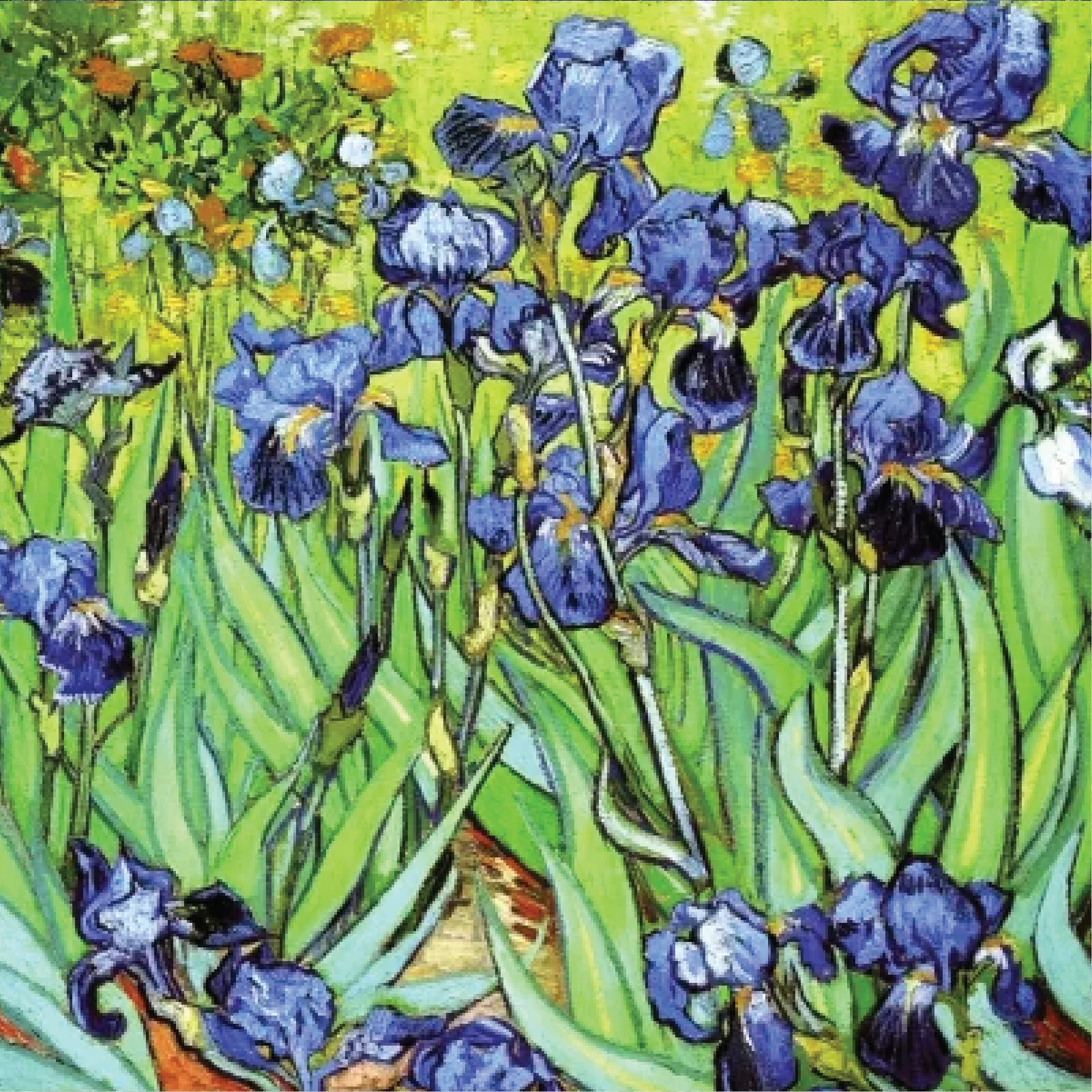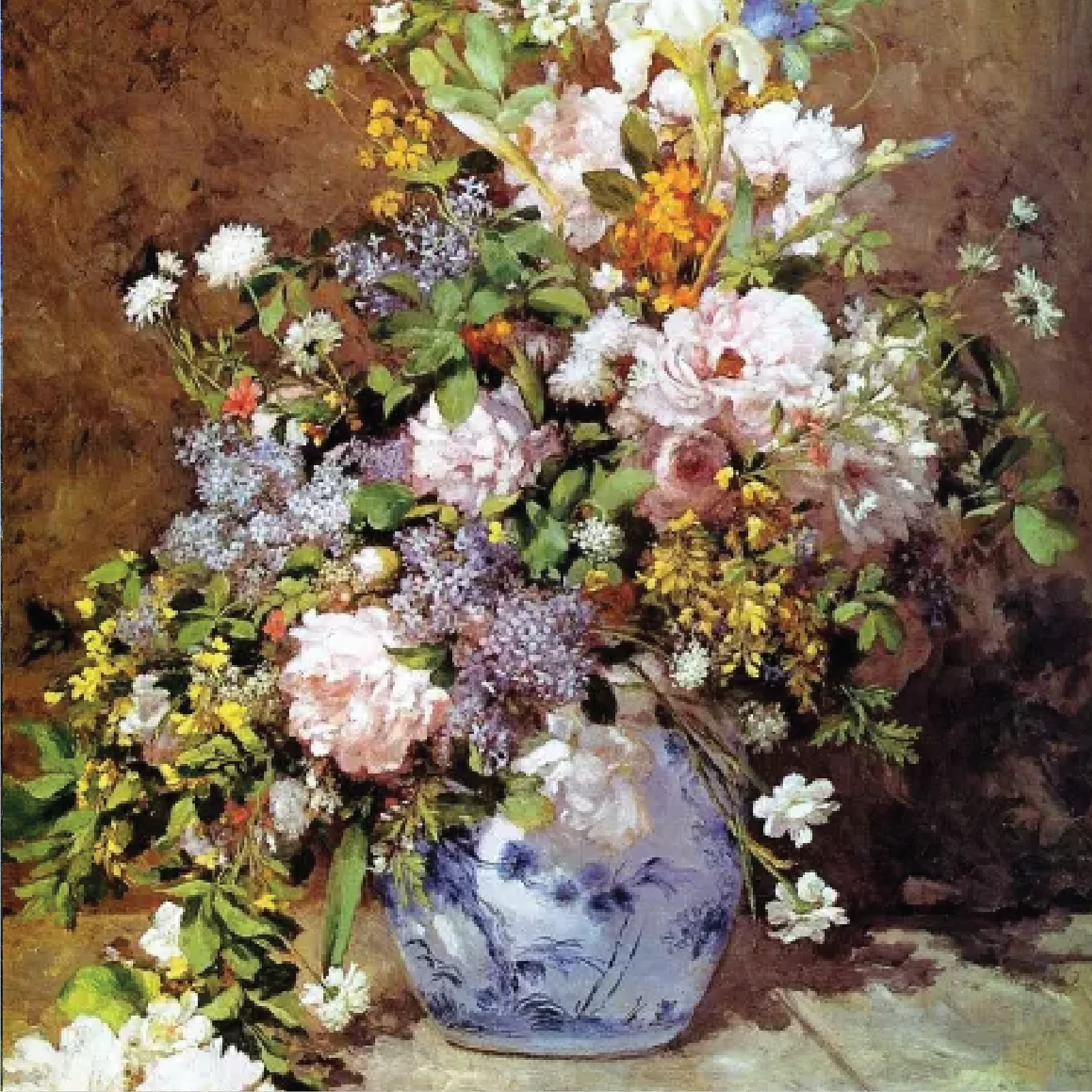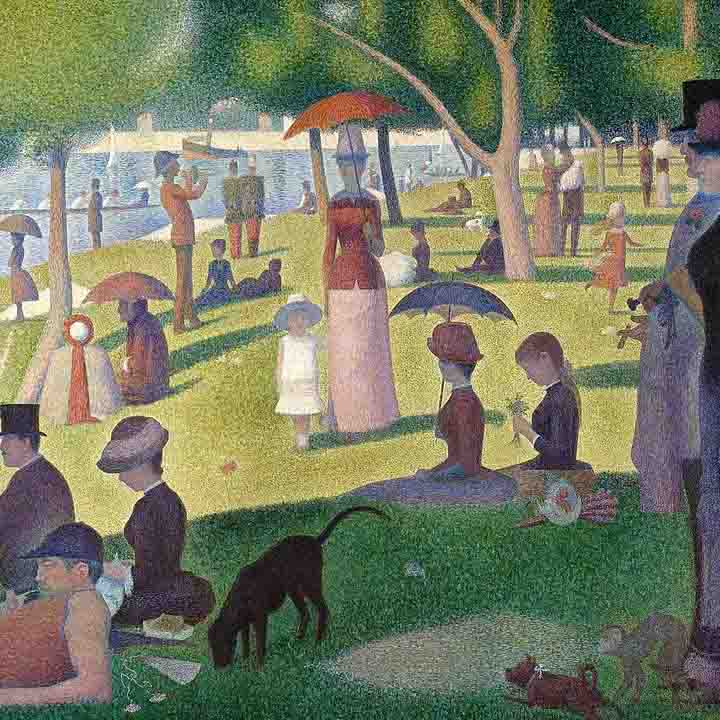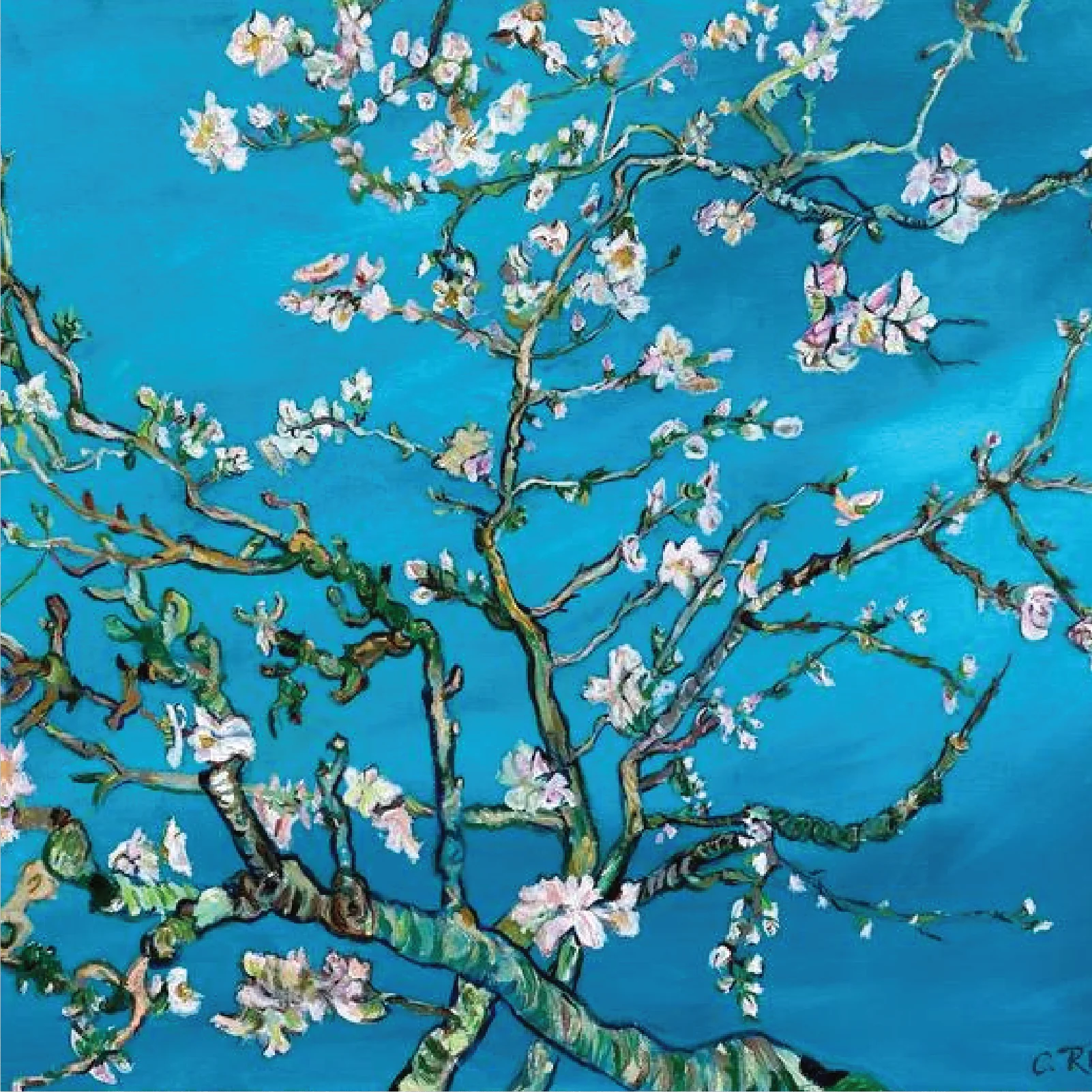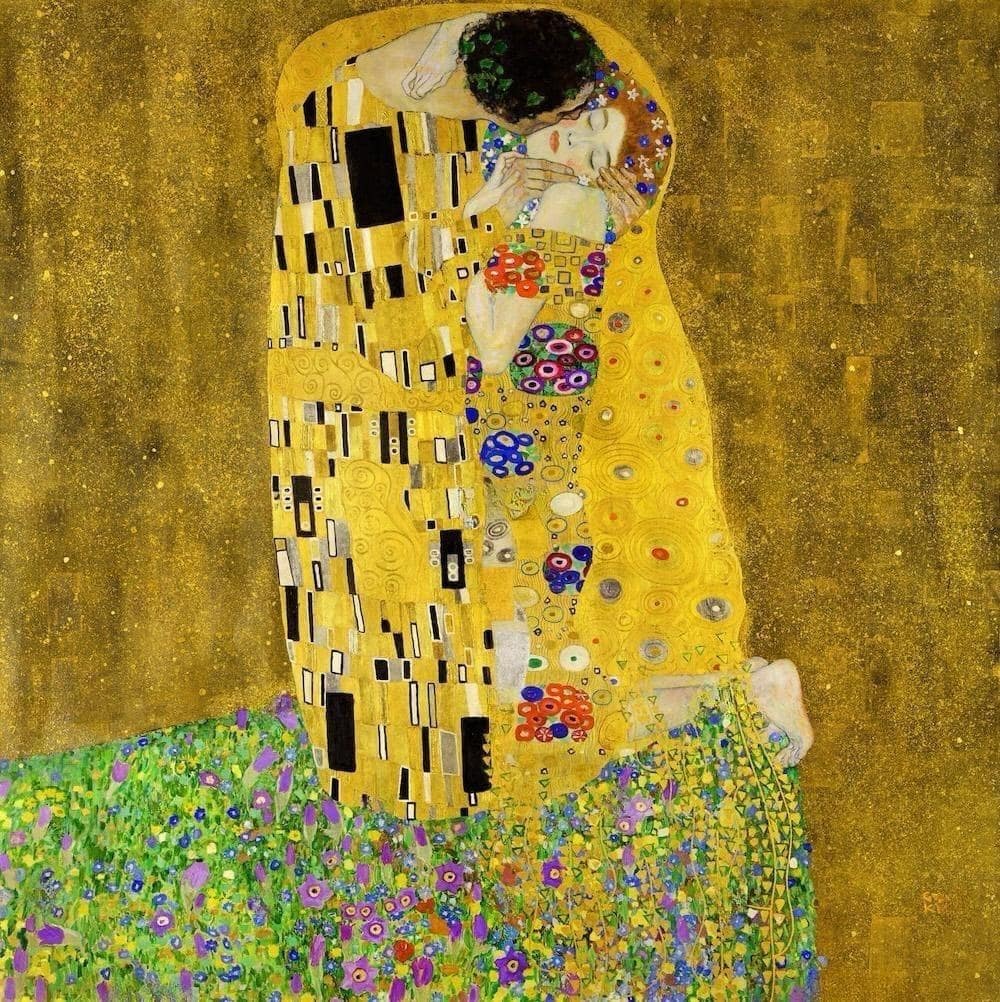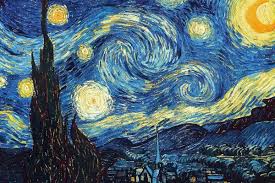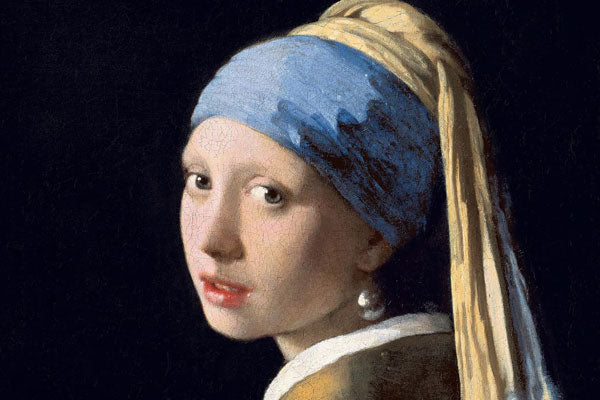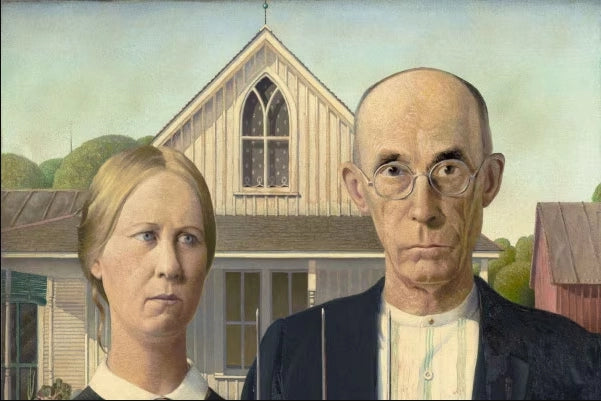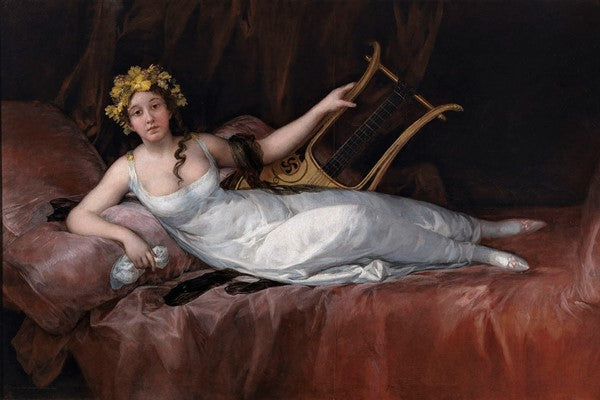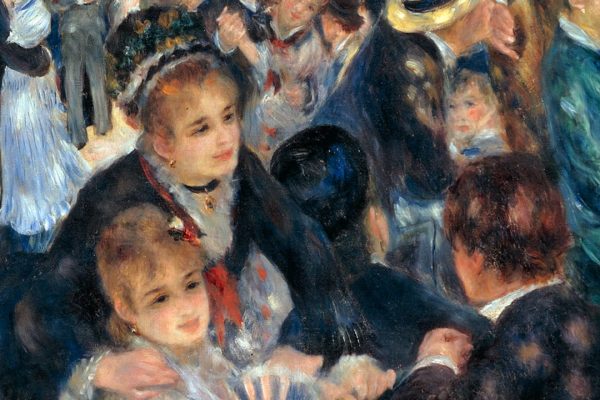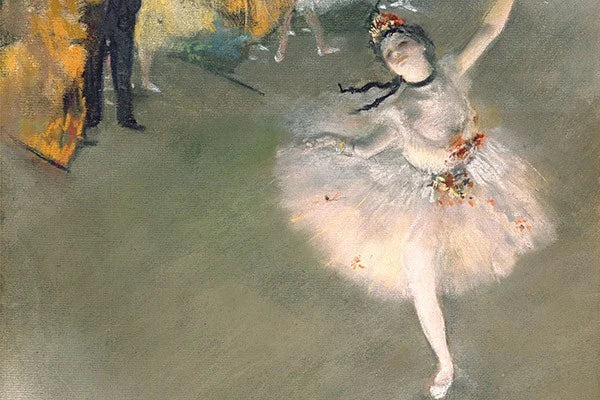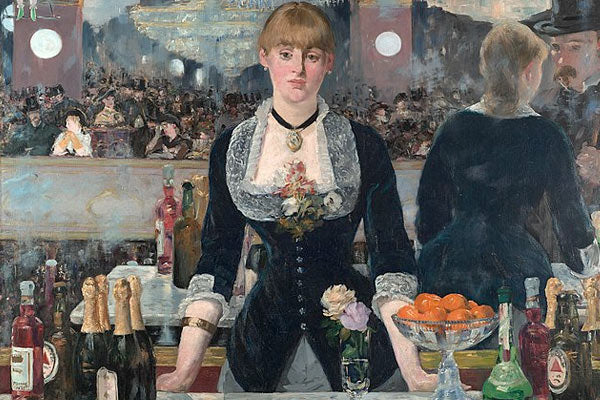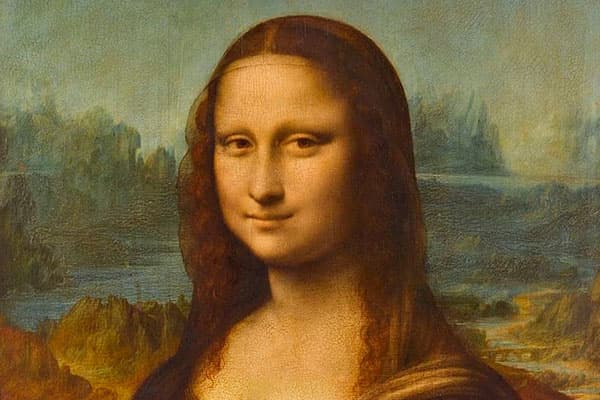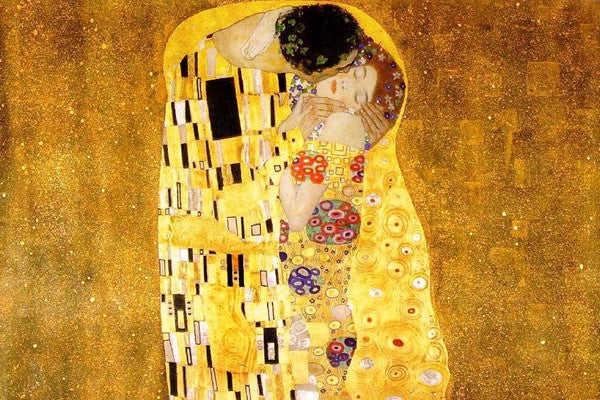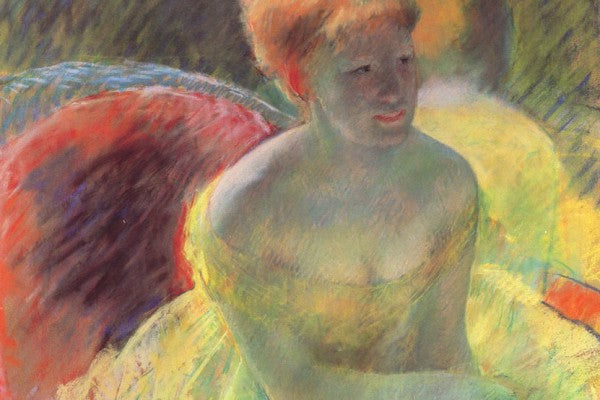As an original artist, nothing is more frustrating than discovering that someone has copied your artwork without permission. Whether it’s an outright copycat artist who is selling copies of your work, plagiarise, or someone who imitates your style a little too closely, dealing with plagiarism in the art world can be trickier than it seems.
Many artists think that once they share their work online, it’s protected. However, in a world where images are easily accessible, protecting your intellectual property takes more than just proving that you created the work. If someone copies your art, it’s essential to know your rights and the recourse available to you.
At ART&See, we believe in honoring the original work created by history’s greatest artists. We specialize in oil-painted reproductions of famous artworks, ensuring that every piece maintains the integrity and quality of the original artist’s work. Unlike copycat artists, we adhere to strict ethical guidelines and focus on preserving artistic heritage through legal and high-quality reproductions.
Recognizing When Someone Copies Your Art
Not all imitations are plagiarism. Sometimes, an artist’s work may inspire others, and there’s a fine line between getting inspired and copying another artist’s work.

Signs of a Copycat Artist:
✅ The copied work looks exactly like your original work.
✅ The copying artist is selling copies of your work for profit.
✅ They are sharing your work as their own without giving credit.
✅ The replicated artwork is being used without copying your exact piece but in a way that appropriates your unique style.
💡 It’s important to remember: You can’t copyright a style, but you can copyright a specific piece of art.
First Steps: How to Confront a Copycat
Before you jump into legal action, consider these initial steps:
1. Recognize Whether It’s Blatant Copying or Inspiration
Sometimes, another artist may unintentionally create something that looks similar to yours. If it’s not a blatant copy, it may not be plagiarism.
2. Contact the Copying Artist Directly
If you’re certain that someone has copied your work, consider confronting them directly. You can:
-
Ask them to stop selling or distributing the copies of your work.
-
Explain why their imitation is unethical.
-
Provide evidence that you created the work first.
💬 Example Message:
"Hi [Artist’s Name], I recently came across your artwork and noticed it looks very similar to mine. While I’m flattered, I’d appreciate it if you would stop selling copies, as this is my original work. Please let me know how we can resolve this."
Many artists don’t think about the impact of copying another artist’s work, so a friendly message may be enough to stop them.
When to Take Legal Action Against Art Theft
If the copycat artist refuses to stop selling copies, it’s time to consider taking legal action.
1. Gather Evidence of Your Original Work
To prove copyright infringement, you need to show that:
✅ You created the work first (date of creation matters).
✅ The copied work is substantially similar to yours.
✅ The artist is selling copies of your work without permission.
💡 Tip: Keep records of your creative process, sketches, and drafts.
2. Send a Cease and Desist Letter
A cease and desist letter is a formal request that demands the copying artist stop selling copies. It can be written by you or a lawyer.
💬 Example:
"Dear [Copycat’s Name], I have identified that you are selling copies of my copyrighted work without permission. This is considered copyright infringement under intellectual property laws. I demand that you remove all copied works immediately, or I will take legal action."
3. Report the Copycat to Authorities
If your work is being sold online, report the copyright infringement to the platform (e.g., Etsy, eBay, Instagram). Most marketplaces have a copyright violation policy and will remove stolen works.
4. Take Legal Action If Necessary
If all else fails, you may need to:
-
Work with an intellectual property lawyer.
-
Register your copyrighted work for stronger protection.
-
Sue for damages, especially if the copycat artist made money from selling copies of your work.
🚨 Note: Legal action can be expensive, so weigh your options carefully.
Preventing Art Theft: How to Protect Your Work
While you can’t stop every copycat, you can take steps to protect your work:

1. Copyright Your Art
Although your work is automatically protected once created, registering a copyright gives you stronger legal rights.
2. Add Watermarks & Signatures
Use visible and invisible watermarks to make it harder for thieves to steal and copy your art.
3. Limit High-Resolution Sharing
Avoid posting high-resolution images online. This makes it harder for others to copy and sell them.
4. Create a Personal Brand
Building a strong brand around your art makes it easier to recognize and prove ownership of your original work.
5. Join Artist Protection Organizations
Memberships like the Visual Artists Association (VAA) provide legal advice and support for artists’ rights.
What If Someone Copies Your Style?
Many artists worry when they see another artist’s work that feels too close to theirs. However, you can’t copyright a style—only specific original works.
🎭 Example:
-
Bad: A copycat artist selling an exact replica of your painting.
-
Not Copyright Infringement: Another artist uses similar colors and techniques but creates original work.
If the imitation feels unethical but isn’t copyright infringement, you can:
-
Call them out publicly (professionally).
-
Strengthen your personal brand so your work is always recognizable.
-
Keep creating art that is uniquely yours.
Final Thoughts: Stand Up for Your Art
Copying and selling another artist’s work is unethical and, in many cases, illegal. If someone copies your art without permission, don’t stay silent—take action to protect your work.
While some cases of imitation are just bad form, others may require legal action. Whether it’s a friendly conversation, a cease and desist letter, or an official copyright infringement case, make sure you know your rights as an original artist.
At ART&See, we value artistic integrity and only produce legal oil-painted reproductions of famous artworks. If you’re looking for high-quality, ethical art reproductions, explore our collection today.
🎨 Have you ever dealt with a copycat artist? Leave a comment below and share your experience!
